Most Shared Articles of March/April
From the March/April 2019 issue (Vol. 6, Iss. 2), the articles receiving the highest Altmetric Attention Score (Altmetric LLP) are listed below.
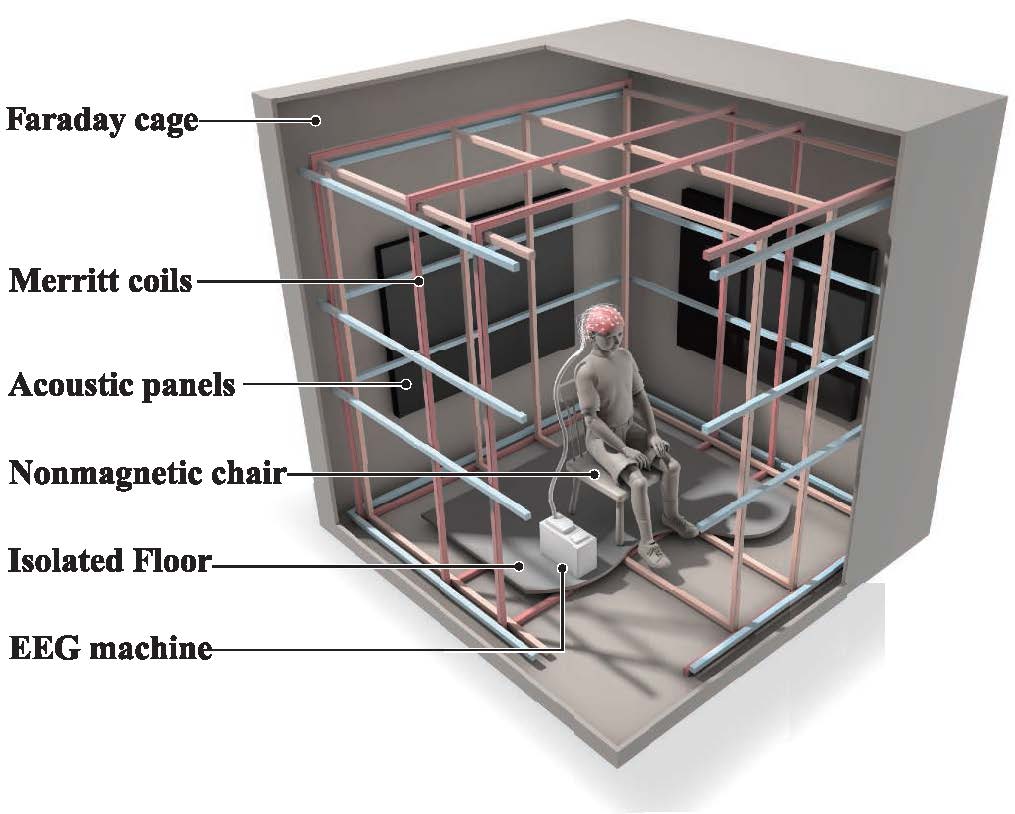
Connie X. Wang, Isaac A. Hilburn, Daw-An Wu, Yuki Mizuhara, Christopher P. Cousté, Jacob N. H. Abrahams, Sam E. Bernstein, Ayumu Matani, Shinsuke Shimojo, and Joseph L. Kirschvink
_____________________________________________________________________________________
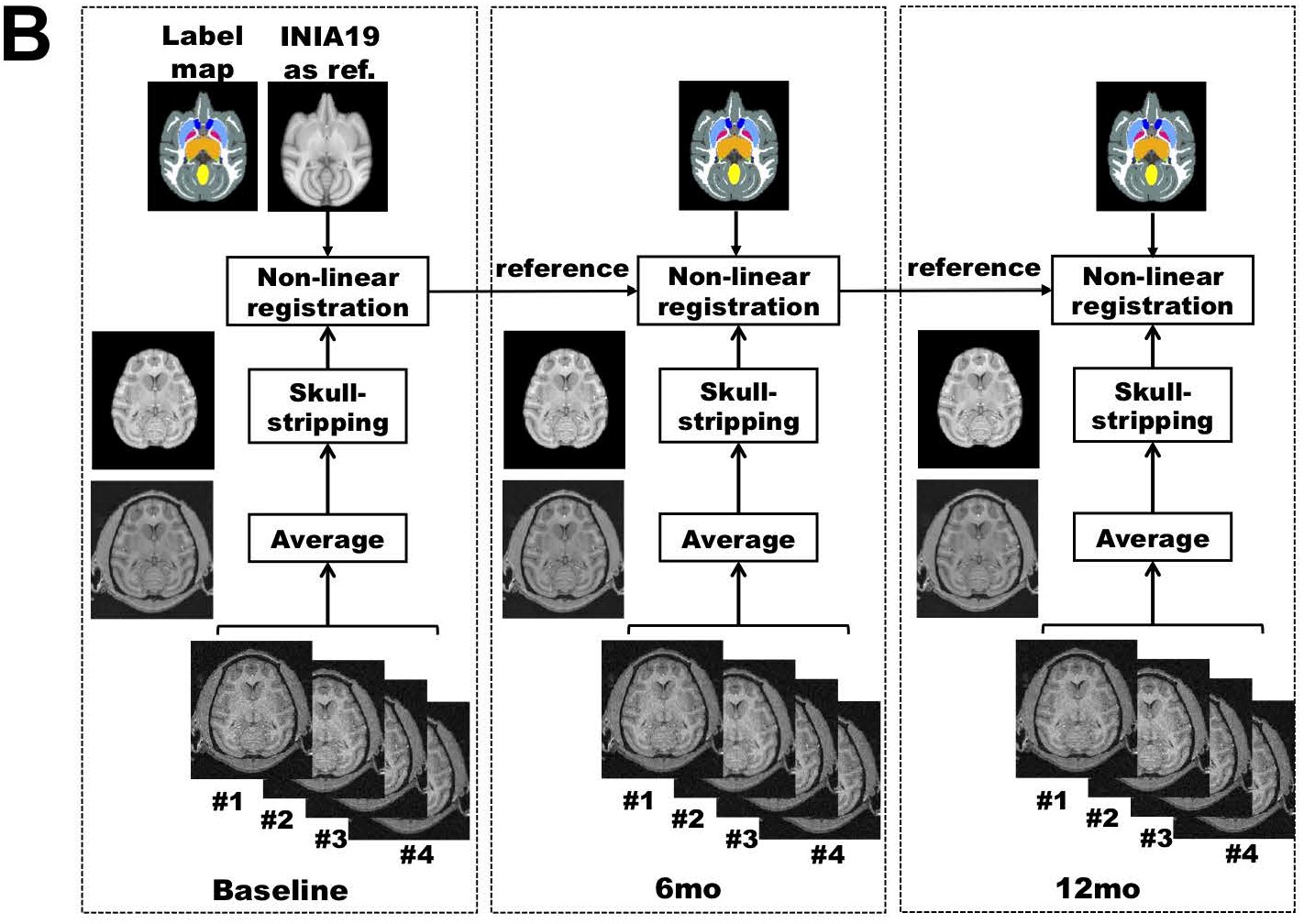
Tatiana A. Shnitko, Zheng Liu, Xiaojie Wang, Kathleen A. Grant, and Christopher D. Kroenke
_____________________________________________________________________________________
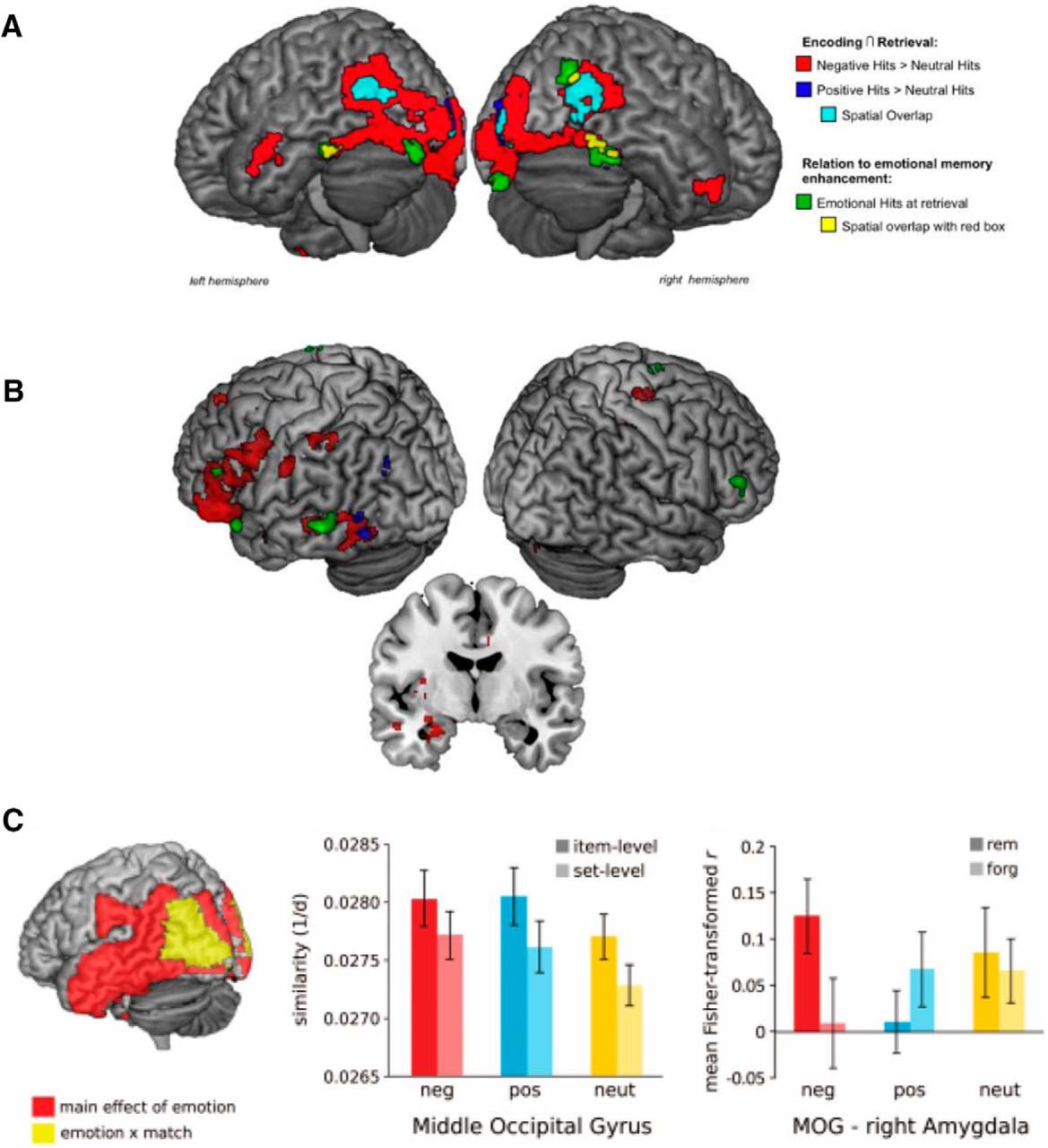
Echoes of Emotions Past: How Neuromodulators Determine What We Recollect
David Clewett and Vishnu P. Murty
_____________________________________________________________________________________
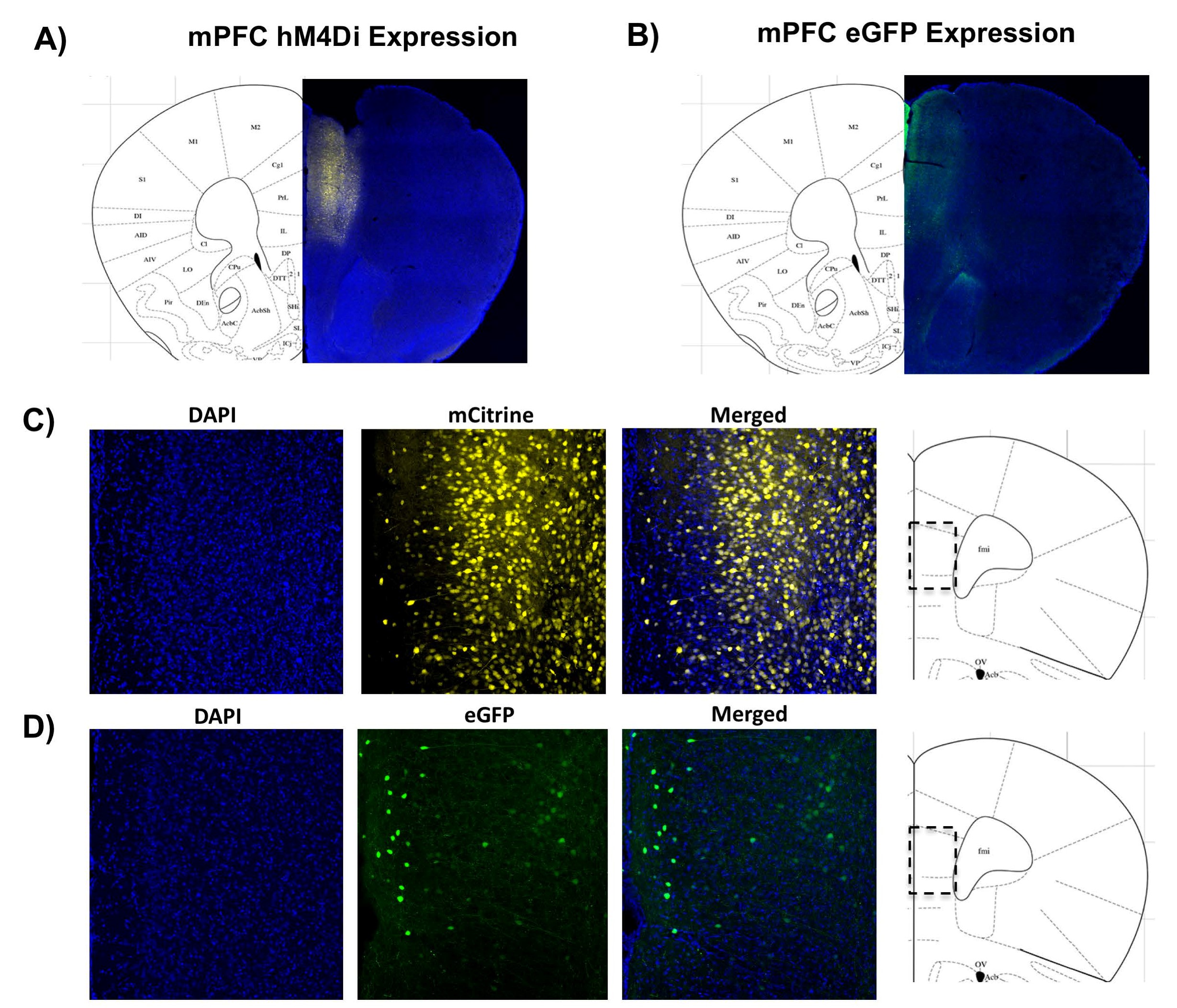
Chemogenetic Suppression of Medial Prefrontal-Dorsal Hippocampal Interactions Prevents Estrogenic Enhancement of Memory Consolidation in Female Mice
Jennifer J. Tuscher, Lisa R. Taxier, Jayson C. Schalk, Jacqueline M. Haertel, and Karyn M. Frick
_____________________________________________________________________________________
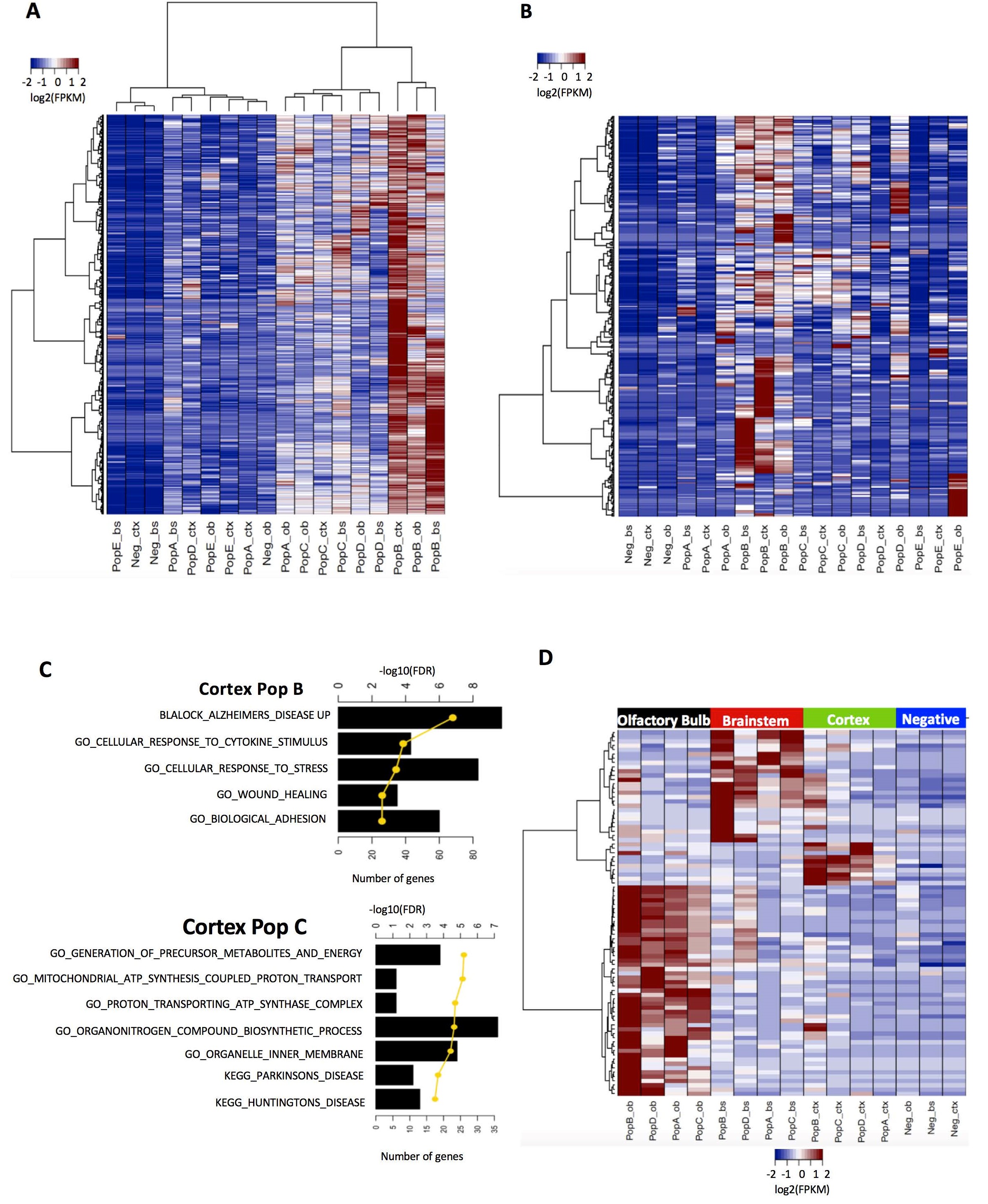
Brain Region-Specific Gene Signatures Revealed by Distinct Astrocyte Subpopulations Unveil Links to Glioma and Neurodegenerative Diseases
Raquel Cuevas-Diaz Duran, Chih-Yen Wang, Hui Zheng, Benjamin Deneen, and Jia Qian Wu
See the full issue:
FOLLOW US
POPULAR POSTS
TAGS
CATEGORIES


 RSS Feed
RSS Feed




